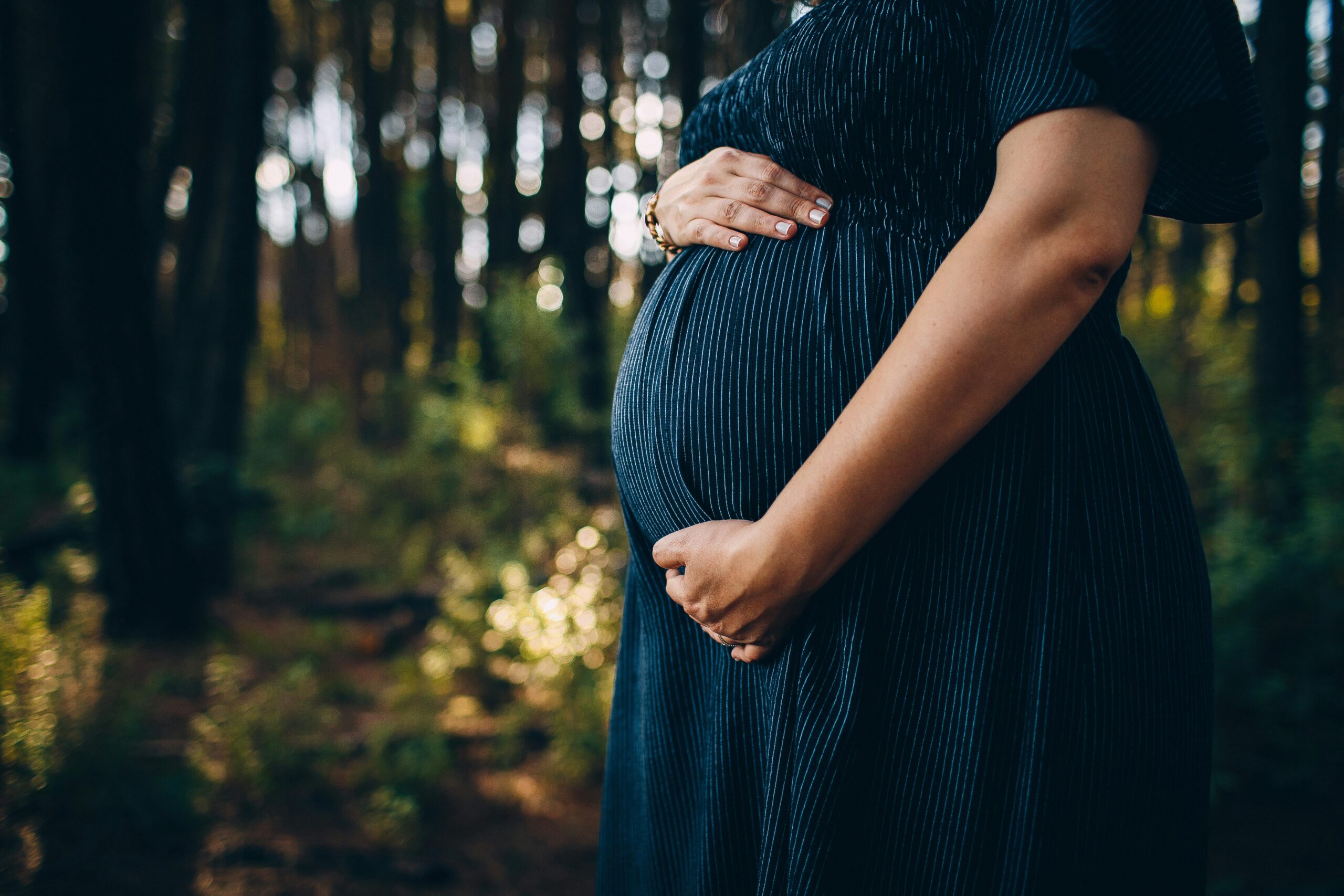A new study from Northwestern Medicine shows that maternal mortality rates are accelerating at an alarming rate. The premise that maternal mortality in the United States has risen largely due to the prevalence of older individuals becoming pregnant is not substantiated by empirical evidence.
In fact, the study found that maternal mortality increased among every age group. The study found that relative increases were greatest for those aged 25 to 29 and 30 to 34.
We wanted to investigate this question because a common hypothesis is that more pregnancy-related deaths are occurring because more people are having children later in life. We discovered that’s not why we’re seeing a spike in the number of maternal deaths, said corresponding author Dr. Sadiya Khan. The number of times mothers die in the U.S. The need to learn what else is causing these rates to accelerate in more recent years is highlighted by our findings. We are headed in the wrong direction.
The study found that between 2014 and 2021, the average U.S. maternal age increased from 28.3 to 29.4 years old, a well-established risk factor for maternal mortality. The overall maternal mortality rates in the U.S. nearly doubled between 2016 and 2021, with the largest increase of 18.9 to 31.8 occurring between 2019 and 2021.
The study appeared in the March 18 issue of the American Journal of Preventive Medicine.
This is the first study to show that age doesn’t play a role in the escalating rates of maternal mortality in the United States.
There is a large body of prior research that has found cardiovascular disease is a major contributor to poor maternal health outcomes.
Khan said that it is critical that we understand the causes of deaths and how we can prevent them, as maternal deaths are largely preventable. Better national infrastructure and surveillance programs are needed to review and address the root causes of the maternal health crisis, even though some states have maternal mortality review committees.
To ensure that pregnancy-related deaths were being accurately captured in the U.S., the National Vital Statistics System in 2003 added a checkbox to death certificates to report whether the person who died was pregnant or had recently been pregnant.
Seven states had not yet adopted the pregnancy checkbox when this study began in 2014. To check the box, the study authors excluded seven states (Alabama, Colorado, Georgia, Louisiana, Michigan, Ohio, and West Virginia)
Khan said there has been a lot of controversy about whether or not the increase that’s been observed is a true increase or is an artifact of how we’re collecting data. We captured an increase with acceleration in the last three years when we examined deaths only in states that had already adopted the checkbox. Death certificates are our best source for tracking this public health crisis, even though they have limitations.
The study authors examined all maternal deaths and live births from individuals aged 15 to 44 years old, using data from the Centers for Disease Control Wonder databases.
The role of racial differences in maternal death, which this study didn’t explore, is crucial to this discussion. Black women are three times more likely to die during pregnancy than white ones. Future studies will need to investigate this more in depth, Khan said.
The National Heart, Lung, and Blood Institute of the National Institutes of Health provided funding for the study.
